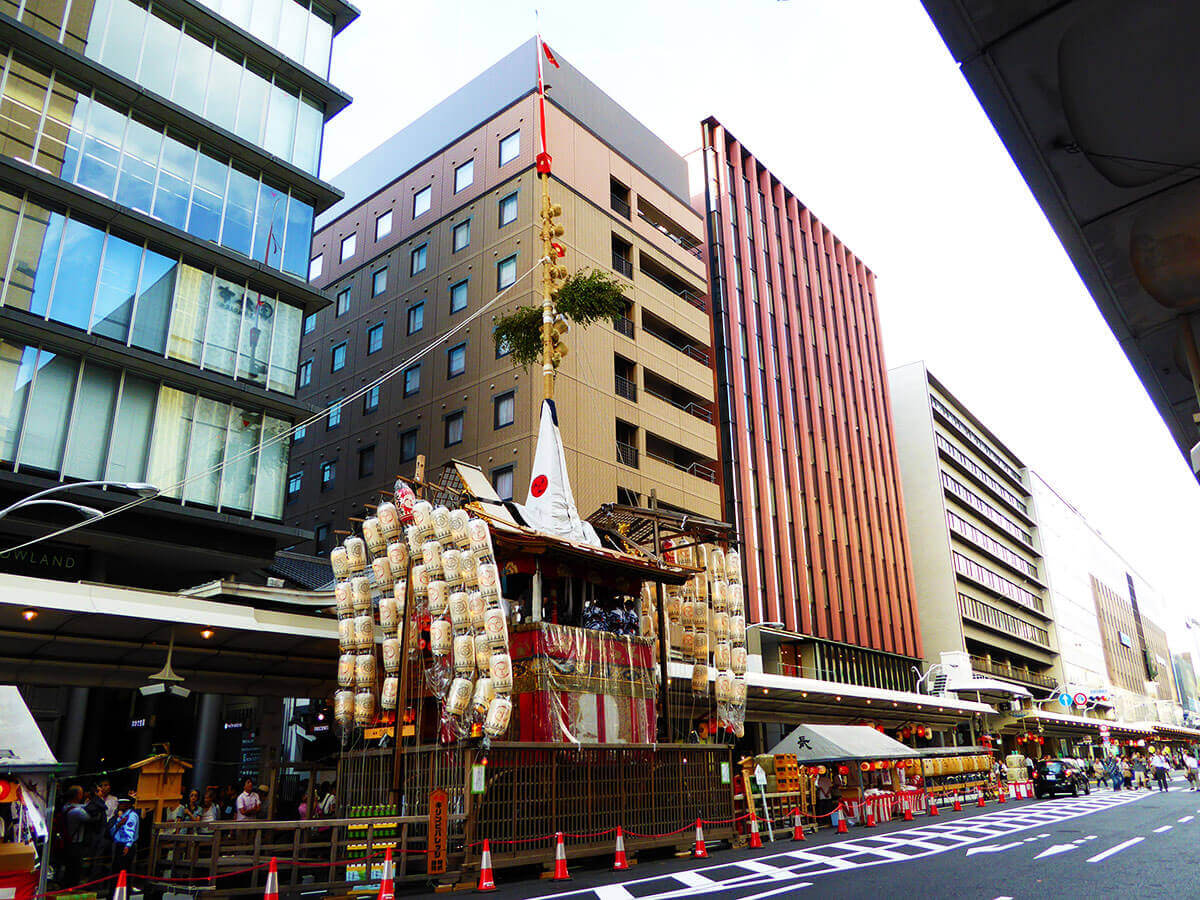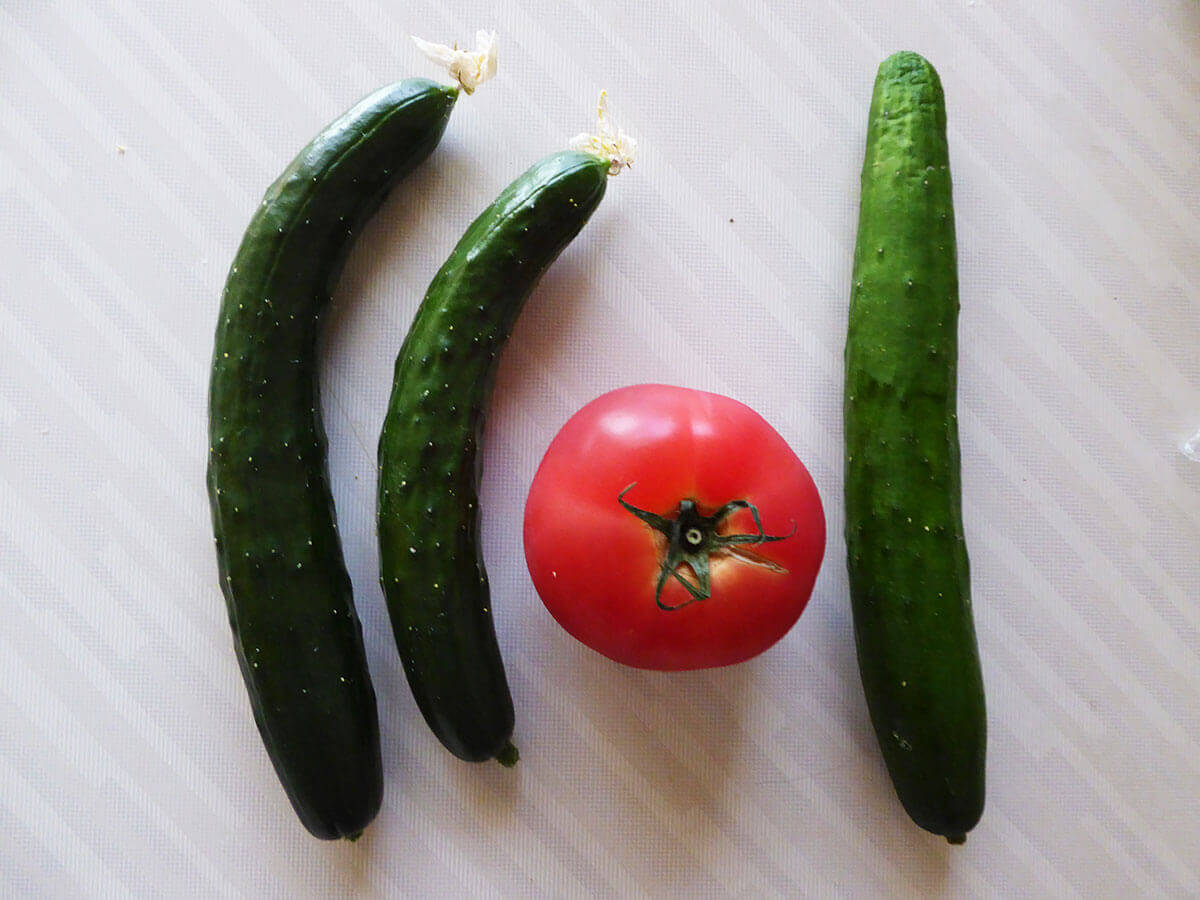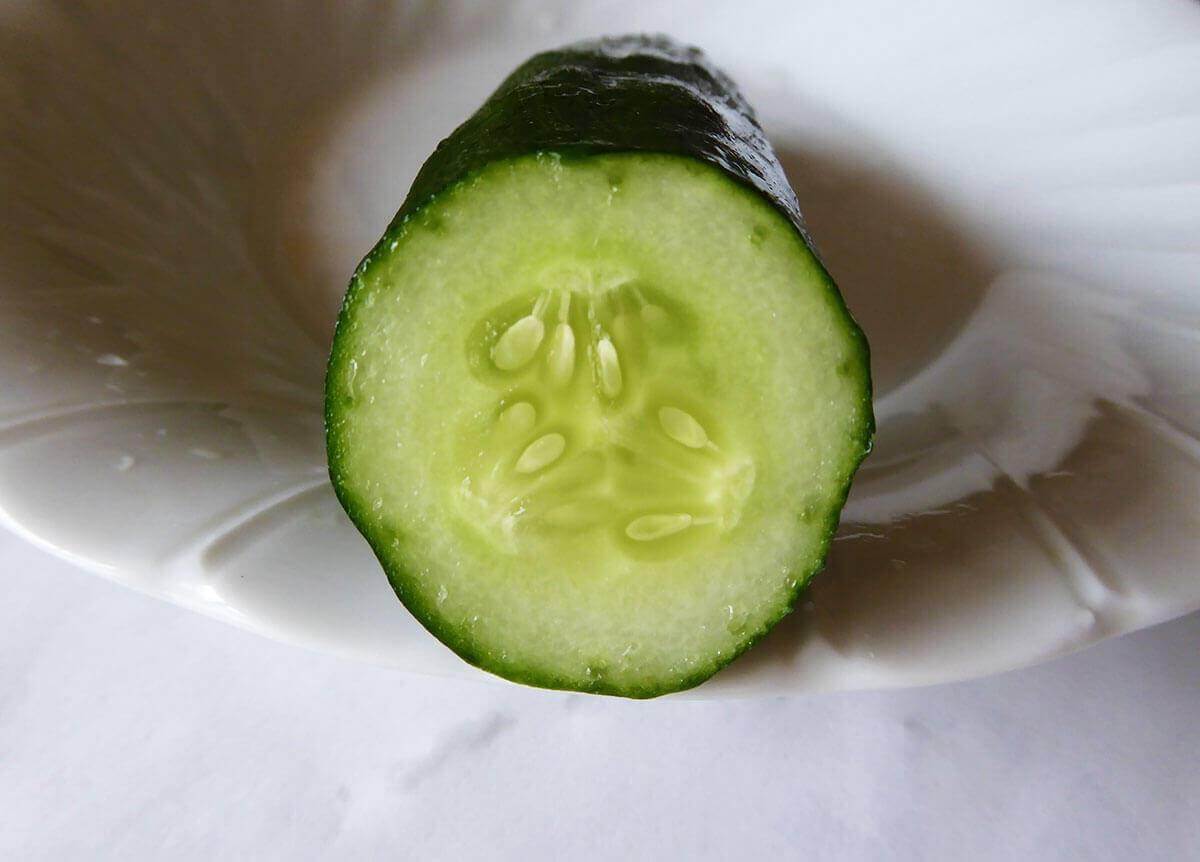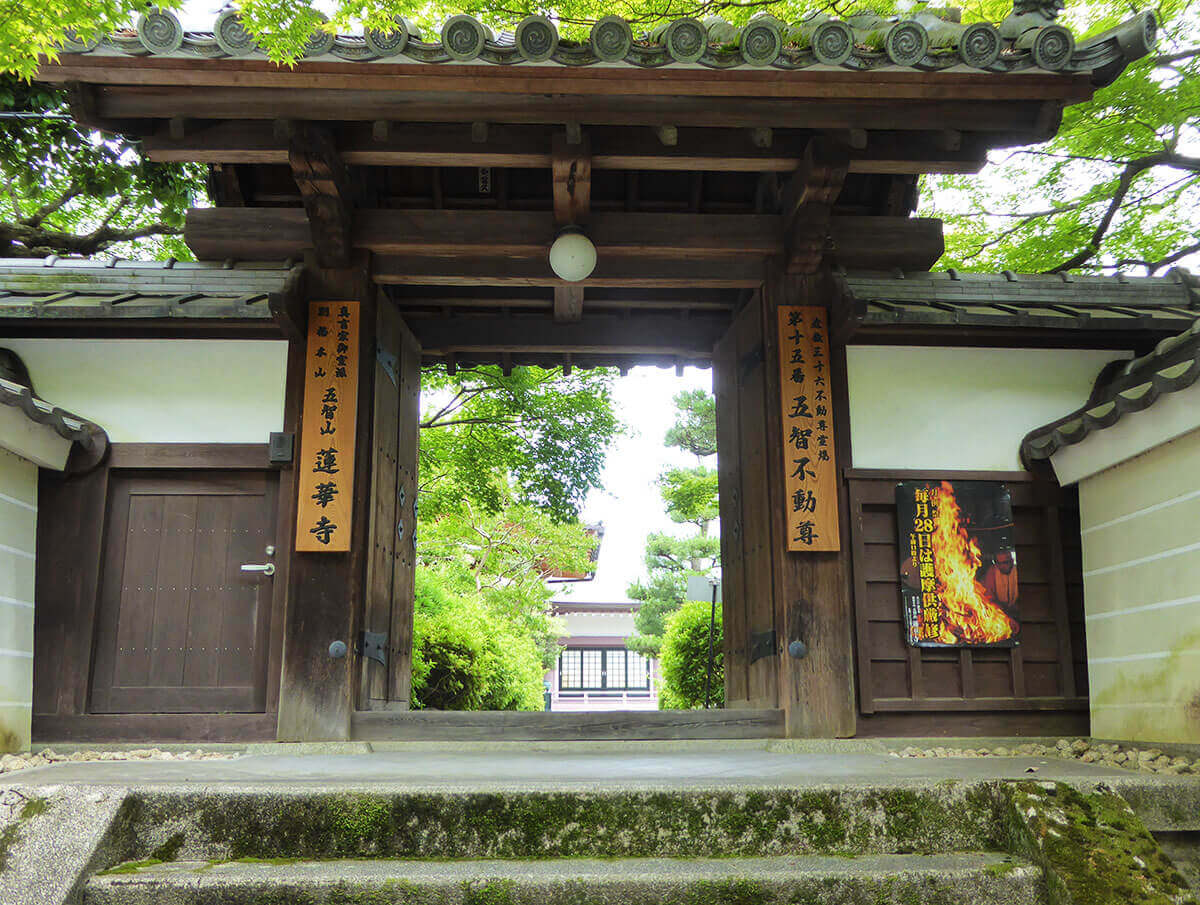
Kyoto's July mainstay.Speaking of,Gion FestivalIt is a festival of Yasaka Shrine and one of the three major festivals in Japan. It is a festival of Yasaka Shrine and one of the three major festivals in Japan.

Choto-Hoko of the Gion Festival
During this season, the city is all about the Gion Festival, but there is actually one more thing to do in Kyoto in July,leading actor behind the scenesexisted.
It is,Cucumber, a representative summer vegetableThe first is.

Cucumber, a representative summer vegetable
The crest of Yasaka Shrine is "Gokani Karahana", which resembles the cross-sectional pattern of a cucumber when sliced into round slices.It is said.

Cross Section of Cucumber
I am afraid to say that I have a cucumber in my mouth that looks exactly like the crest of the gods."and the Ujiko people from the old days.Enjoins the eating of cucumbers during the month of January, when the Gion Festival is held.There is a convention.
Cucumbers are said to be effective against summer fatigue, but by daring to seal cucumbers when they are in season now,Praying for the end of the plague and for the safe completion of the Gion Festival.This means,Refusing things," one of the methods of making a wish by abstaining from something you like for a certain period of time to have your wish come true.It is probably for the same reason as The "gourd" in Gouri is said to be a cucumber, not a cucumber. ......
By the way, the cucumbers are enclosed,It is not only related to the Gion Festival.
In Kyoto, the mainTraditional event to ward off bad luck on the day of the Ox(before a negative form) even (e.g. "not even a single person")"Cucumber Containment."There are temples that are doing this.
What is a cucumber seal?A secret ritual to contain disease and evil spirits in cucumbers and pray for good health.It is said to have originated from a secret method to ward off disease introduced by Kobo Daishi Kukai from Tang China about 1200 years ago. It is said that this is derived from a secret method of warding off evil spirits introduced by Kobo Daishi Kukai from Tang China about 1,200 years ago, in which people prayed for cucumbers to contain illnesses and drive away evil spirits. It has long been believed that the height of summer is a time when one's strength wanes, one becomes tired easily, and one is prone to illness.
In Kyoto, Jinkoin Temple in Nishigamo, Rengeji Temple on Mt. Visitors write down cucumbers, their names, and the names of their illnesses on a form and take the cucumbers home after they have been prayed for and given spiritual power. With the cucumbersStroke a painful or bad part of the body to transfer the disease, contain it, and bury it in the earth to pray for healing of the disease.It is called.
Cucumber sealing seems to vary somewhat from temple to temple.
After taking the cucumbers home, visitors to Renka-ji Temple on Mt. Gochisan take them home and for three days chant either the Fudo-myo-o Goshin-o mantra or the Kobo-Daishi Goho-go while stroking the bad parts of their bodies with the cucumbers for healing morning and evening.On the morning of the fourth day, bury the cucumbers in a place where people will not step on them or pour them into a river to contain the disease.It is called. Those who do not have a place to bury them may take them to a temple.

Gochisan Rengeji Temple
It is said that by burying the cucumbers in the ground and returning them to nature, the disease will disappear.As the cucumbers rot in the soil, the disease is cured.and if you rub a bad part of your body with a cucumber, which is made up mostly of water, theBad parts dissolve in water.I hear that it is also considered to be a
But why use cucumbers as a substitute?
One of the reasons may have been that cucumbers have a high water content, which makes them easy to rot and return to nature quickly, and also that cucumbers are abundantly harvested and easily available during this season. Incidentally, in the same month of July, a "kabocha kuyoyo (pumpkin offering)" is also held at Anraku-ji Temple in Shikagaya, as a midwind spell to prevent midwind.
It is interesting to see the wisdom of our ancestors and Japan's unique food culture in the custom of bringing good luck and entrusting wishes to familiar "food".
Tradition that exists everywhere in the city of Kyoto. It is not just a picture, it is secretly alive in this modern age and continues to coexist with people. The two of Office TO, who previously wrote a series of articles "Kyoto's Demon World Exploration" in the monthly magazine Leaf, explore the mysterious "different" world of Kyoto, which was created over 1200 years. I will unravel the story while actually visiting the place. .
 News
News Feature article
Feature article Featured event
Featured event